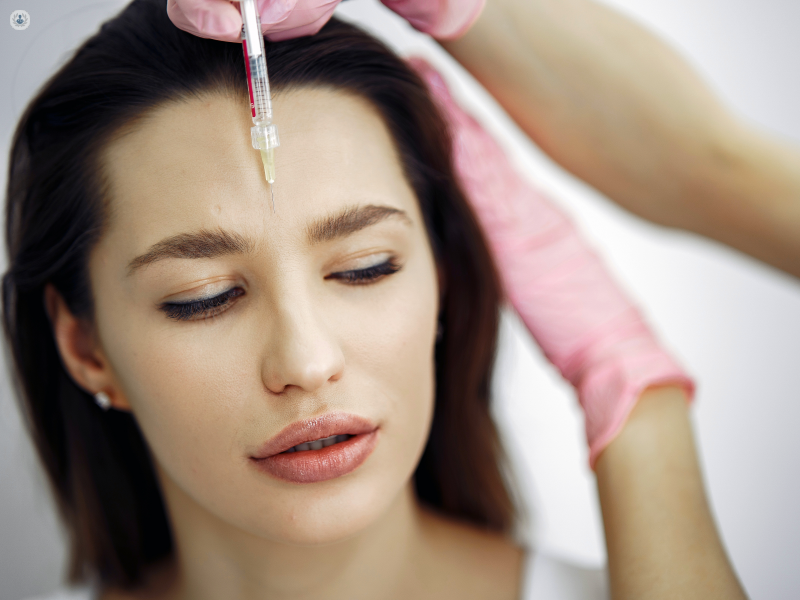When will I see the effect of my Botox treatment?
Autore:In this article here below, Professor Andrew Sidebottom, a highly esteemed consultant oral and maxillofacial surgeon, tells us how exactly Botox works, when it is recommended, and when patients can expect to see the results of their Botox treatment.

When are Botulinum injections recommended?
Botulinum injections (commonly called Botox after the original variety) may be suggested for the management of muscle spasm pain or tension headaches and migraines. It is also used to reduce the bulk of these muscles cosmetically, as well as to treat dystonic (involuntary) muscle contractions.
How exactly does Botox work?
Botox works by causing localised weakening of the muscle into which it is injected helping to take the muscle out of spasm, and hence, reduce the pain from that muscle.
When will I see the effect?
This effect takes about one week to be noticeable and reaches a peak at six weeks. The effects largely wear off after six months.
For what muscles is Botox recommended?
The main muscles it can be used in are the masseter (below the ear over the angle of the jaw), the temporalis (above the ear and in the temple), the lateral pterygoid (just in front of the jaw joint), and the frontalis (forehead).
How is it performed?
The technique involves between two to three injections that are injected deep into the muscle to avoid skin dumpling.
What is recovery time like?
The area may feel bruised for a few days, but it is important not to massage the area for one week as this may cause the Botox to spread into other muscles and cause weakness, particularly when it comes to raising the corner of the mouth during smiling.
What are the success rates like?
The beneficial effects can deliver permanent relief in around 30 per cent of patients, and can provide either temporary relief or permanent relief with additional treatments in up to 50 per cent of patients. Roughly 20 per cent get no significant relief, in which case alternative treatments need to be considered.
What are the main associated side effects?
Fortunately, Botox side effects are uncommon. A feeling of tenderness or bruising for a few days is the most commonly reported side effect. About one per cent of patients may experience weakness of movement of the corner of the mouth, which will gradually improve as the botox wears off over four to six months. Botox can also cause drooping of the eyebrow when injected into the forehead. Again, this will wear off as the effects diminish over four to six months.
To book an appointment with Professor Andrew Sidebottom, visit his Top Doctors profile today.


